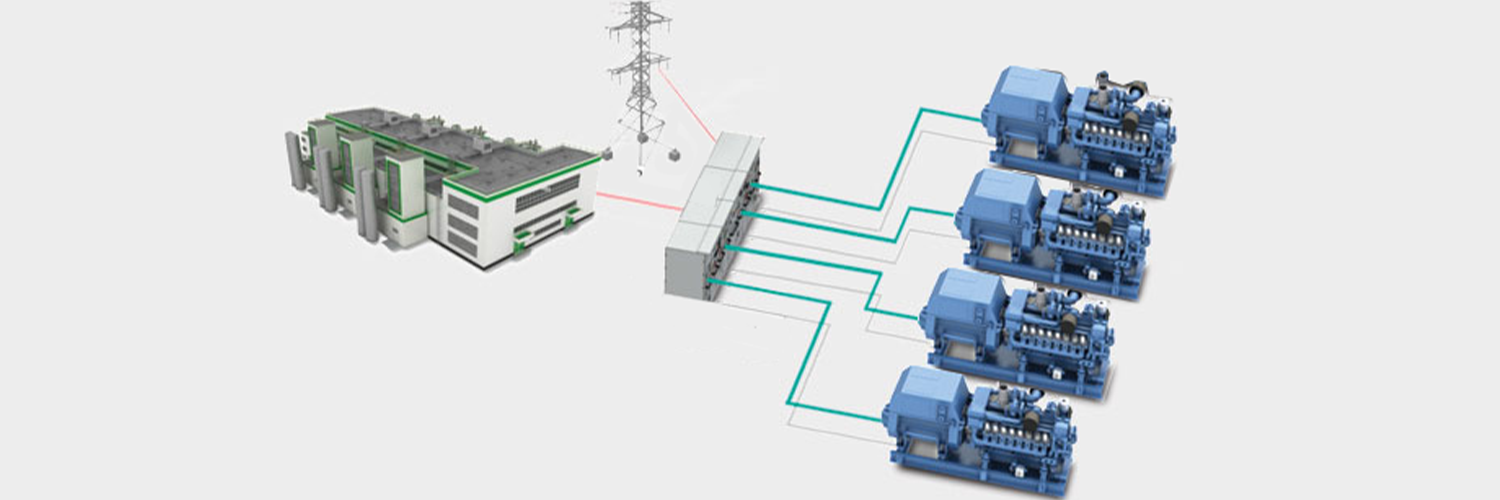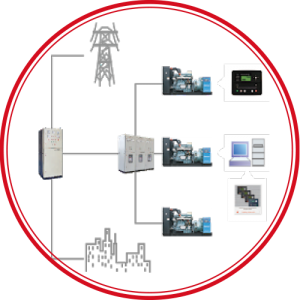INTRODUCTION
Synchronization is to bring the frequency and voltage values
of a different source (network or generator) to the same values
at the same time by changing the frequency and voltage values
of a generating group.
Generator synchronization, on the other hand, is the
simultaneous operation of generators, that is, more than one
generator as a single source.
The most basic feature of generator synchronization systems
is that one or more generators work on the same energy line
and share the load with another generator or network.
This mode of operation is provided by controlling the
amplitude, frequency, and phase angle of the voltage signal
produced by the generators.
TYPES
Generator-Generator Synchronization:
It is the combination of the power of two or more generators in
the busbar and active/reactive traffic jams in their power.
Generator-Grid Synchronization:
Depending on the application, the generator automatically
becomes available and transitions to a transitional state with a
subsistence state.
Multi-Grid – Generator Synchronization:
In case the control becomes control while the load is powered by
the generator, it is transferred by the synchronous system to the
generator being synchronous to the grid and from the generator
for a defined period of time. The synchronous-soft operation ID
may seem to be from smallest to largest in case it will be in case
it is too much for the network.
Fail-over Operation:
It is the equal aging and fail-back operation of two generators.
ADVANTAGES
- Low operating cost
- Low initial setup cost
- Low maintenance cost
- Longer system life
- Flexible use
- Increased system reliability
- Service, spare parts, and ease of maintenance


